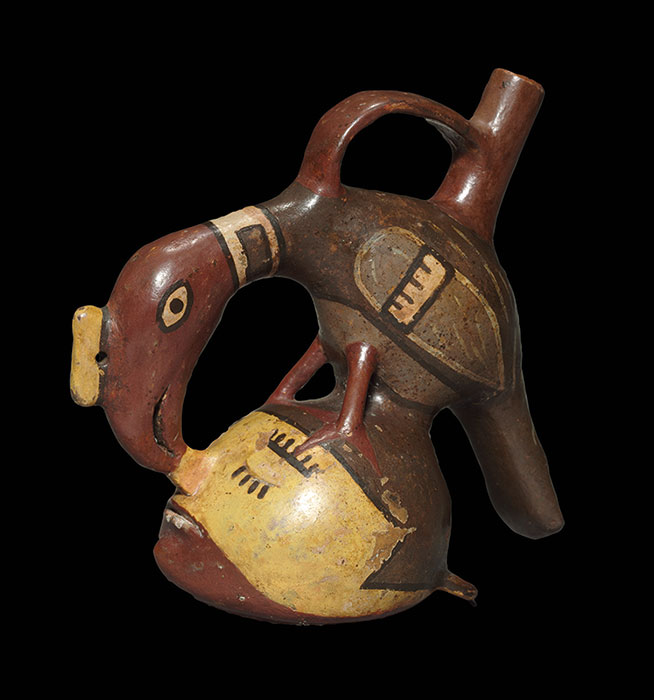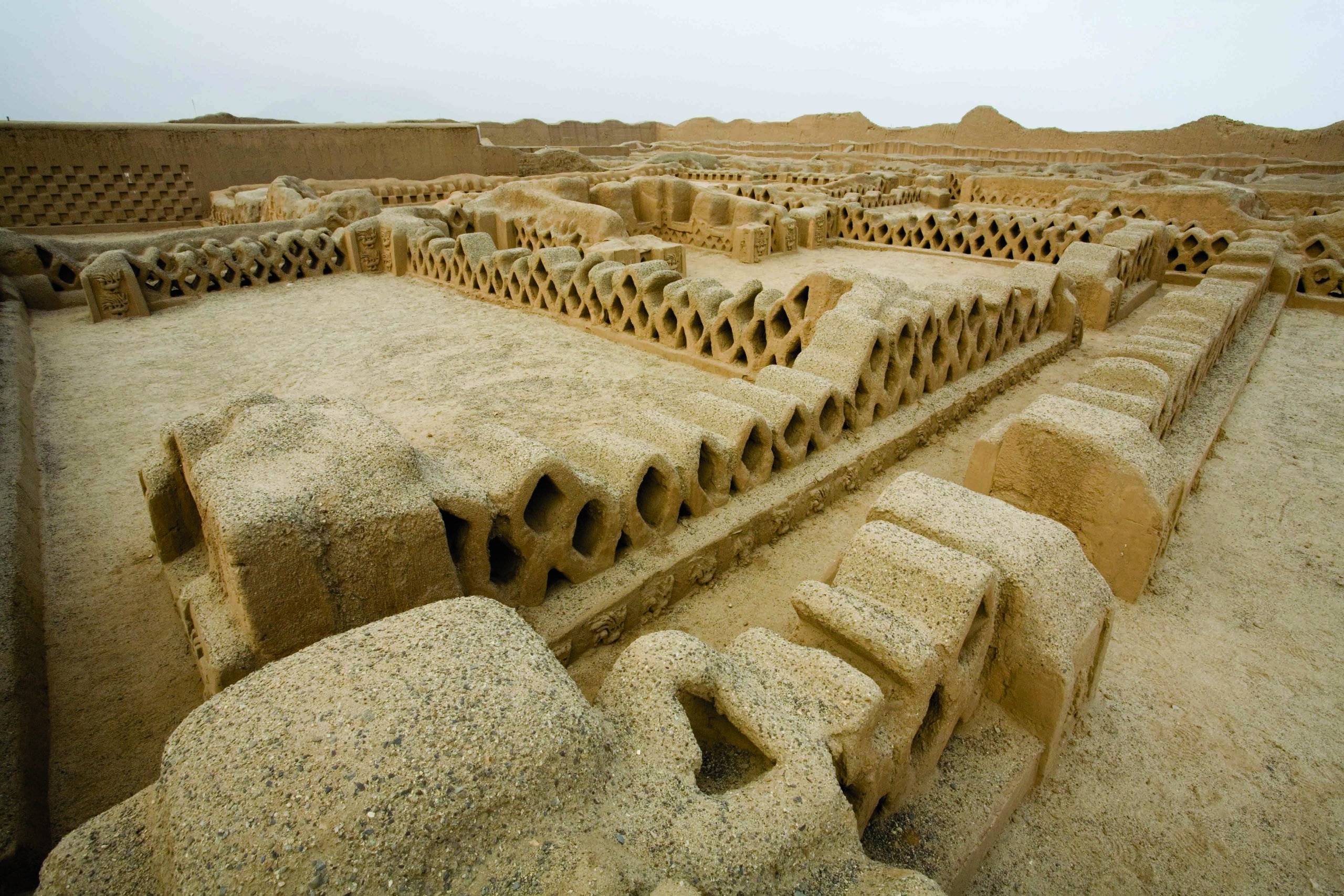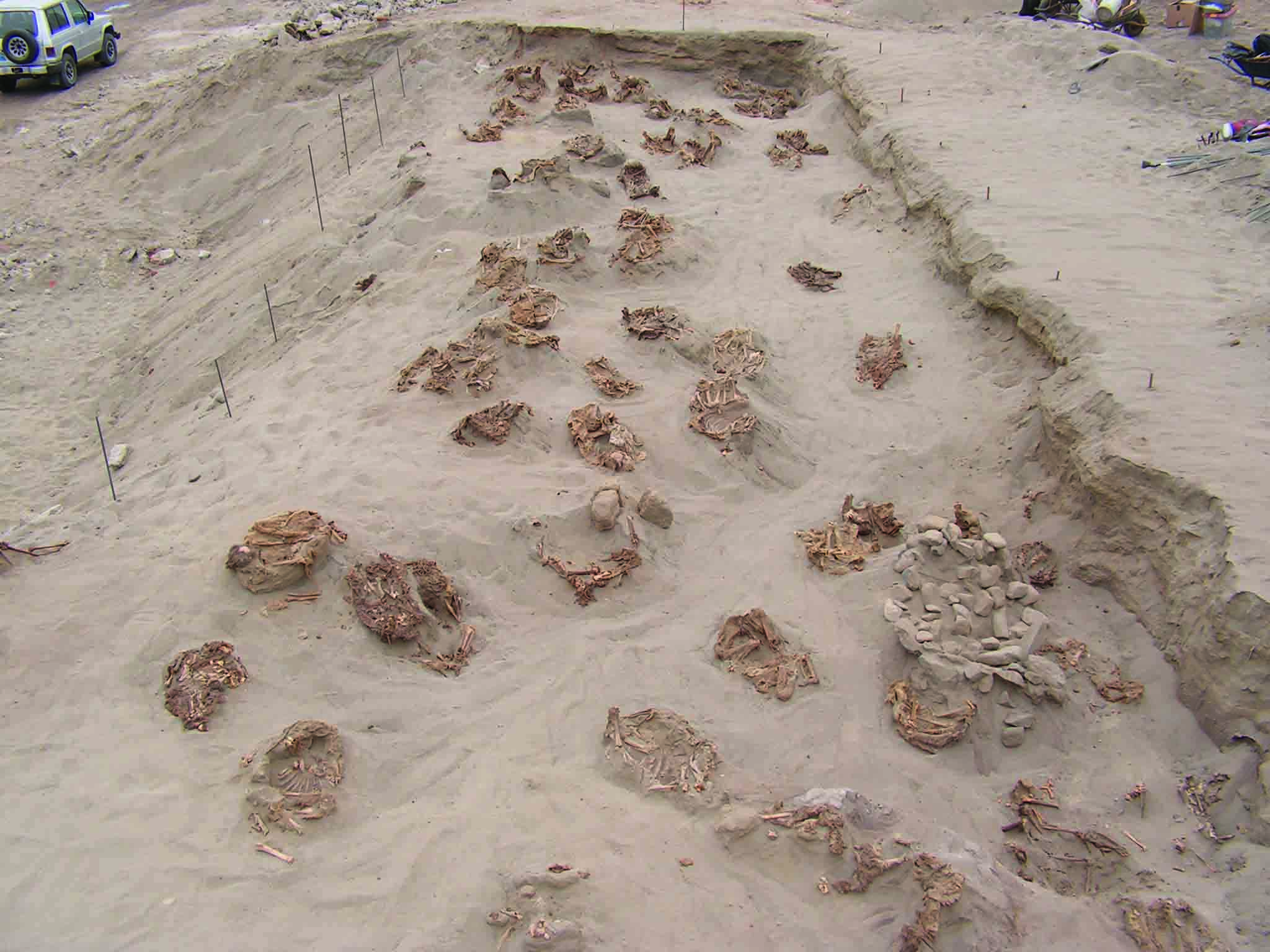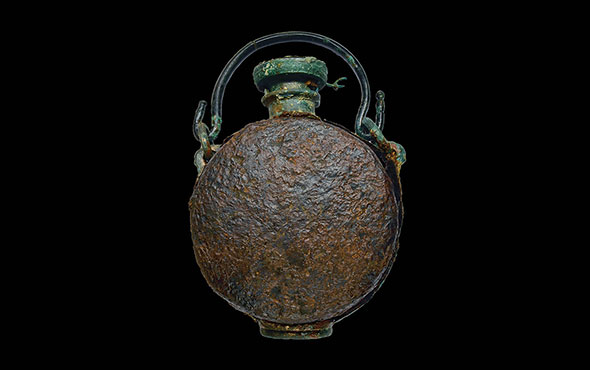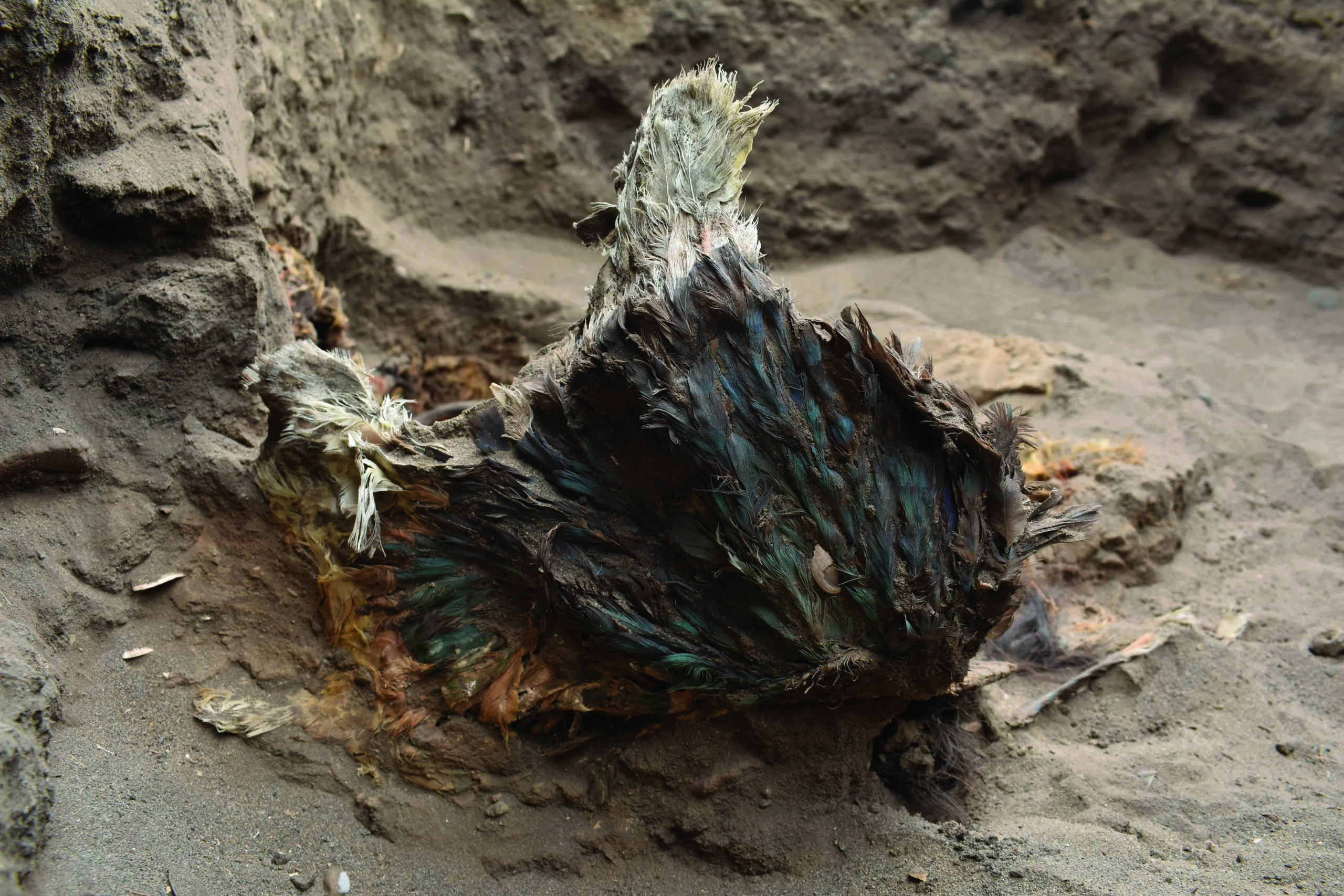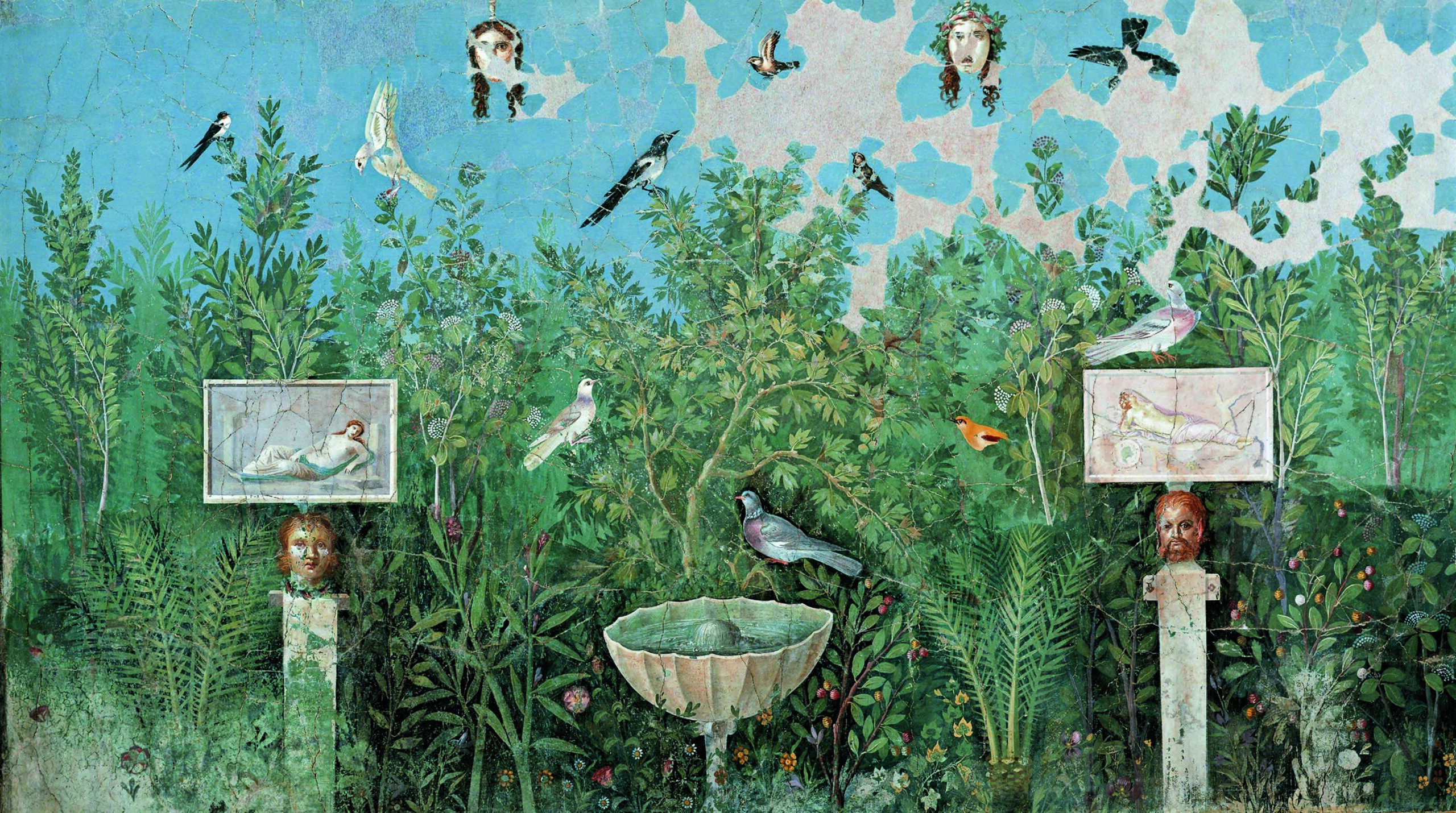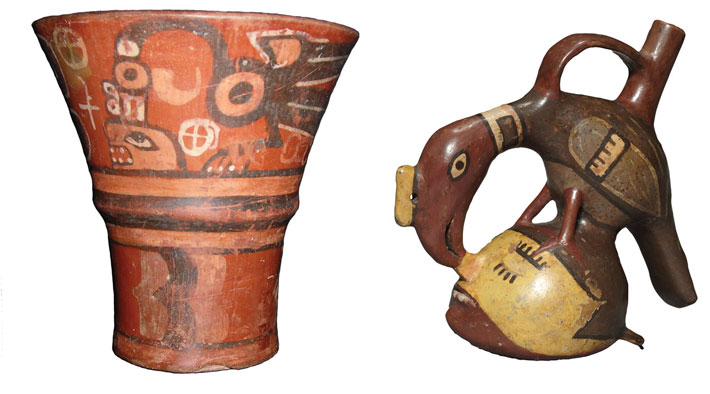
People belonging to several different Andean societies lived in and around the city of Tiwanaku near Bolivia’s Lake Titicaca from around A.D. 590 to 1150. Tiwanaku was the most important political and religious Andean center of its era. Its ritual precincts featured intricately worked megalithic structures and massive stone carvings, many of which depict mythological beasts that scholars refer to as “sacrificers” and “decapitators.” Some of these motifs, such as those known as Decapitator Deer and Monstrous Bird, represent fantastic animals using weapons to behead humans.
Archaeologist David Trigo Rodríguez of the Higher University of San Simón and researcher Roberto Carlos Hidalgo of Simón Bolívar Andean University recently studied a related, but overlooked, Tiwanaku motif that appears on tablets used to consume snuff as well as on ritual cups known as keros that contained chicha, or corn beer. This motif, which is found on objects unearthed outside the city, features a realistic depiction of a condor scavenging human or animal corpses. Rodríguez and Hidalgo have dubbed the bird the Tiwanaku Condor Devourer. “We suggest the theme of the Tiwanaku Condor Devourer was related to rites of rural societies,” says Rodríguez. Perhaps, he adds, people living in Tiwanaku’s hinterland frequently observed condors eating carrion and chose to incorporate naturalistic depictions of the fearsome bird into their rituals in ways residents of the city did not.



